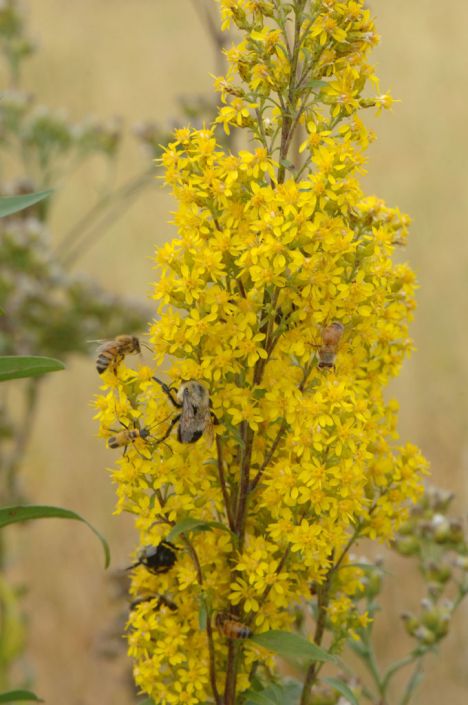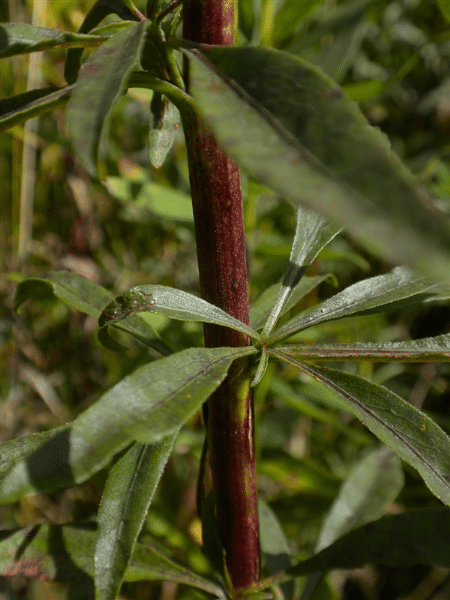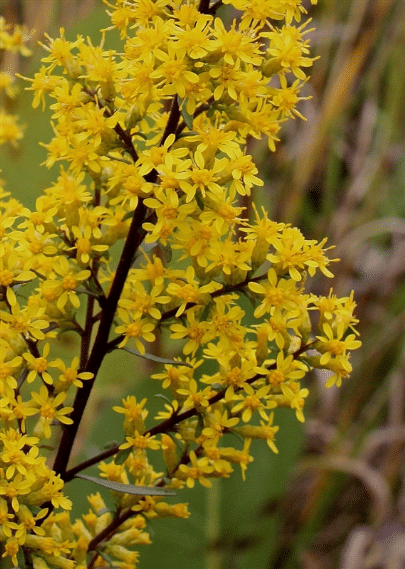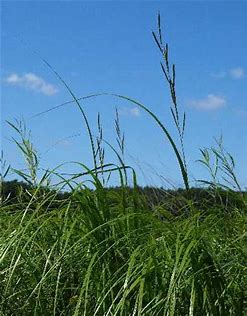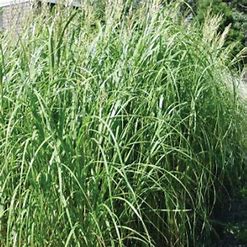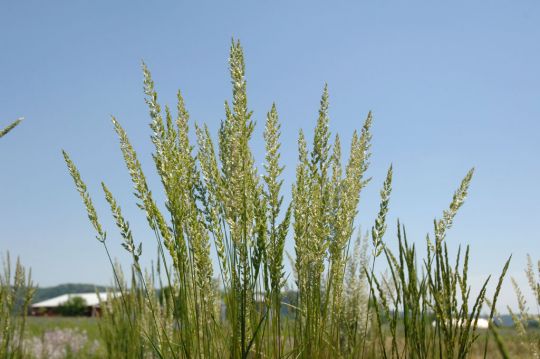Description
Showy Goldenrod tends to bloom a little later than most Goldenrods. It is indeed one of the showiest of the genus with a feathery plume comprised of a dense clump of pale yellow to deep yellow flowers atop an attractive red stem. Other late-blooming natives of the same mesic to dry soils that might accent Showy Goldenrod include Rough Blazing Star, Sweet Black-eyed Susan, and Stiff Gentian. Showy Goldenrod is easily grown in average, dry to medium, well-drained soil in full sun. Tolerates poor, dry soils. Remove spent flower clusters to encourage additional bloom. Bloom period is August into October.
Whatever your preference or situation may be, there is a goldenrod to suit all occasions. Sadly, goldenrods often get blamed for causing the dreaded hayfever. This is simply not true. Their pollen is quite large and sticky so as to better adhere to the body of visiting insects. Because of this, goldenrod pollen cannot become airborne and can never make its way into your sinuses. The true cause of hayfever is the wind pollinated ragweeds, which broadcast copious amounts of lightweight pollen into the air.
The importance of goldenrods to the landscape cannot be overemphasized. Including them on your property will provide ecosystem services well into the fall when most other plant life is shutting down. Pollinators and butterflies, particularly migrating Monarchs, depend on late-blooming goldenrod for food. Showy Goldenrod can be essential for this.
Click here for more information from USDA-NRCS. ;
